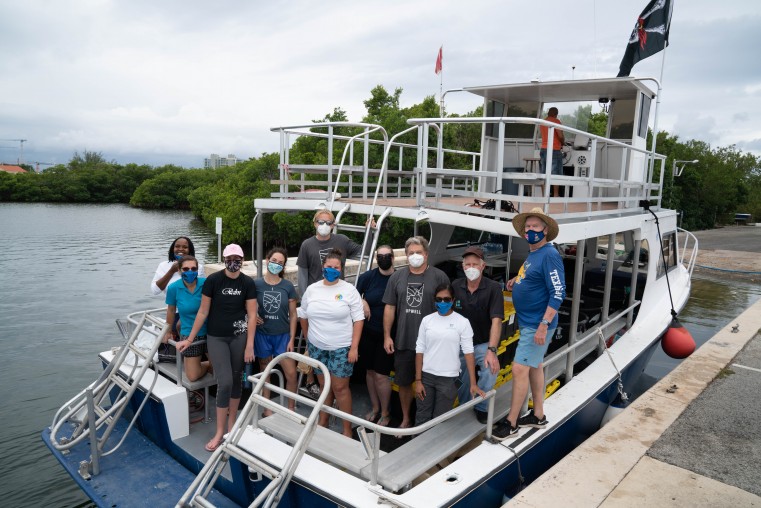- Job Market
- Upload Ad Requests
- Rates
- Home
- Video
- About Us
- Contact Us
- Business Showcase
- Archives
- Blogs
- Upload Advertisements
- Video News Release
- Front Pages
- Community Notices
- Law Enforcement
- Government
- Community Voice
- Health Care
- International
- Sports
- Politics
- Community
- Entertainment
- Advertorial 2
- Non-Profit Organisation(NPO)
- Adopt a Pet
- Tourism
- CIIPO
- Taste of Class
- Opinions & Editorial
- Environment
- Outstanding Employee
- Outstanding Performance
- Celebration
- Gardening
- Beneficial Ownership
- Tips and tricks
- Cover Stories
- Cost of Living
- Development
- Employment
- Education
- Arts and Culture
- Business
- Global News Briefs
- Hurricane Watch
- Breaking News
- Regional
- Public Notices
- Local News
- Lifestyle
- Finance
- Economic
- Election Center
- COVID - 19
- UK Territories
- Advertorial
- History
- Inspiration
- The Panel
- The Interview
- Cayman Conversation
- Community Notices
- Law Enforcement
- Government
- Health Care
- Sports
- Election Center
- Cayman Conversation
- More
- Front Pages
- Community Notices
- Law Enforcement
- Government
- Community Voice
- Health Care
- International
- Sports
- Politics
- Community
- Entertainment
- Advertorial 2
- Non-Profit Organisation(NPO)
- Adopt a Pet
- Tourism
- CIIPO
- Taste of Class
- Opinions & Editorial
- Environment
- Outstanding Employee
- Outstanding Performance
- Celebration
- Gardening
- Beneficial Ownership
- Tips and tricks
- Cover Stories
- Cost of Living
- Development
- Employment
- Education
- Arts and Culture
- Business
- Global News Briefs
- Hurricane Watch
- Breaking News
- Regional
- Public Notices
- Local News
- Lifestyle
- Finance
- Economic
- Election Center
- COVID - 19
- UK Territories
- Advertorial
- History
- Inspiration
- The Panel
- The Interview
- Cayman Conversation
Subscribe
New tagging project to learn more about turtles
New tagging project to learn more about turtles

Turtle Conservation and Education Centre and Upwell, a non-profit dedicated to protecting turtles at sea, are working together on a project to track released turtles, in a bid to learn more about turtles’ lives. It is hoped that the project will help to further efforts in order to save the endangered species.
In what is being termed an unprecedented research project, 30 juvenile Green Sea Turtles of varying ages have been released directly into the waters off Grand Cayman, wearing tiny tracking devices that will monitor their movements.
The turtles carry prototype micro-satellite tags, weighing less than a penny and safely attached to the turtles’ shells using epoxy and neoprene-silicone mounts.
Sea turtles have been studied often as they hatch, and when they return to those beaches years later to breed. But the time in-between, when young turtles develop in the open sea, remains a mystery. This life-history stage is often referred to as the “lost years”, and this is the time the experts want to track.
The project was developed by Dr George Shillinger, Executive Director of Upwell, and long-time Upwell collaborator Dr Helen Bailey of the University of Maryland Center for Environmental Science. Nicole Barbour, Upwell researcher and doctoral student at the University of Maryland, will be analysing the data as part of her graduate research. Upwell is funding the research and releasing the turtles, in partnership with CTCEC.
Dr Shillinger said endangered sea turtles faced high mortality rates due to threats in the ocean, including fisheries bycatch, ship strikes, pollution, climate change and other detrimental human activities.
“This research may provide critical information that will help conservationists protect them throughout their lives, because protecting turtles when they’re on the shore simply isn’t enough,” he said.
CTCEC is a critical part of the research, as the only conservation organisation that hatches turtles for release into the ocean. The turtles were raised, or “head-started,” at the Centre until they were large enough to release with a favourable chance of survival. Upwell focuses on research and conservation of turtles in their at-sea environments and is pioneering new techniques to shed light on the lost years for multiple sea turtle species.
It has been estimated that from the 33 to 39 million sea turtles found in the Caribbean hundreds of years ago, numbers have now fallen to almost nothing. Historically, the Cayman Islands has been considered the most important breeding and nesting area in the Caribbean. Today, this breeding population has been reduced to roughly 100 females and the IUCN Red List lists the green turtle as being ‘regionally extinct' in the Cayman Islands, Dr Walter Mustin, Chief Research and Conservation Officer at CTCEC said.
It is anticipated that the data collected will help explain more about the movements and behaviour of juvenile greens and how to better conserve and protect this ecologically critical specie.
Online Poll
Independent or Party: Independents top the Category with 23 Candidates. Select your preference
Popular News
Mexico beat Cayman 20-10 in ‘Big Match X’ Rugby
05 Jun, 2024
CIOC announces team for Paris 2024
11 Jul, 2024
















Comments (0)
We appreciate your feedback. You can comment here with your pseudonym or real name. You can leave a comment with or without entering an email address. All comments will be reviewed before they are published.